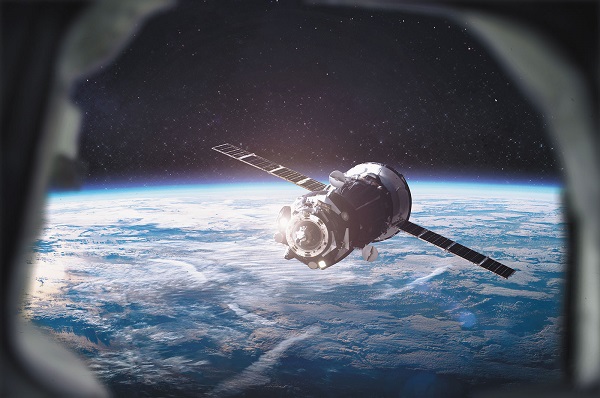Out of This World: The Astronomical Challenges in Space Insurance

By: AnneMarie McPherson
Space may be the final frontier, but with it the insurance industry is boldly going where no one has gone before. Its continuing mission: to explore strange new worlds, to seek out new life, new civilizations—and to accurately price premiums to account for the inherent volatility of the space market.
Space insurance has been around since 1965—predating the airing of the first Star Trek episode by one year. As human interest, exploration and business have surpassed the boundaries of Earth’s atmosphere, the space insurance industry has rocketed up right along with them.
“We insure rocket launches, we insure satellites up in space, and we insure different activities up in space,” explains Chris Kunstadter, global head of space underwriting at AXA XL. “It’s property insurance, and we’re mostly insuring the owners and operators of satellites who have the risk of losing the assets that they paid for.”
“A typical large satellite can be insured for anywhere between $100 million to $300-$400 million,” he continues. “But we also insure satellites the size of a shoebox, so it’s a big range.”
Although the space insurance industry used to be heavily based on large, expensive satellites, the majority of business is trending toward bursts of smaller, simpler, inexpensive satellites.
“That’s a dynamic of the space industry itself,” Kunstadter says. “New rocket companies are building new rockets that are more up-to-date, and the capital in the market is rarely stretched to capacity. Where we used to have launches that were $600-$800 million, we now more often see launches insured for far less than that.”
The result has been increased competition among insurance companies in the space industry, which caused a contraction of the market in 2019.
From 2002 to 2012, the premium in the space insurance industry was typically in the range of $750 million to $1 billion a year, according to AXA XL data. “While some years had significant losses, the premium was enough to pay for even the worst year,” Kunstadter says. “But when competition increased from 2013 onward, the premium went down, but the losses remained about the same.”
In 2019, premium had dropped to about $500 million due to increased competition, but the losses totaled $800 million. “A lot of insurance companies realized how volatile the business is, and some pulled out,” Kunstadter says. “There used to be about 40 companies in the business, and now there are 30 to 35.”
“We’re comfortable with it because we recognize the volatility and underwrite with it in mind,” he continues. “With the shakeout last year, prices doubled or even tripled, but they only went up to where they were in 2011 and 2012.”
Perhaps the biggest emerging opportunity in the space insurance industry is human space flight. “Even though people have been flying in space since the 1950s, the notion of those people not being government-employed astronauts is much newer,” Kunstadter says. “We’re working with private companies and NASA to figure out how to put together insurance for that: from liability issues and preexisting conditions to training requirements.”
That may only sound like one small step for space insurance, but it’s one giant leap toward commercial space travel.
AnneMarie McPherson is IA news editor.










